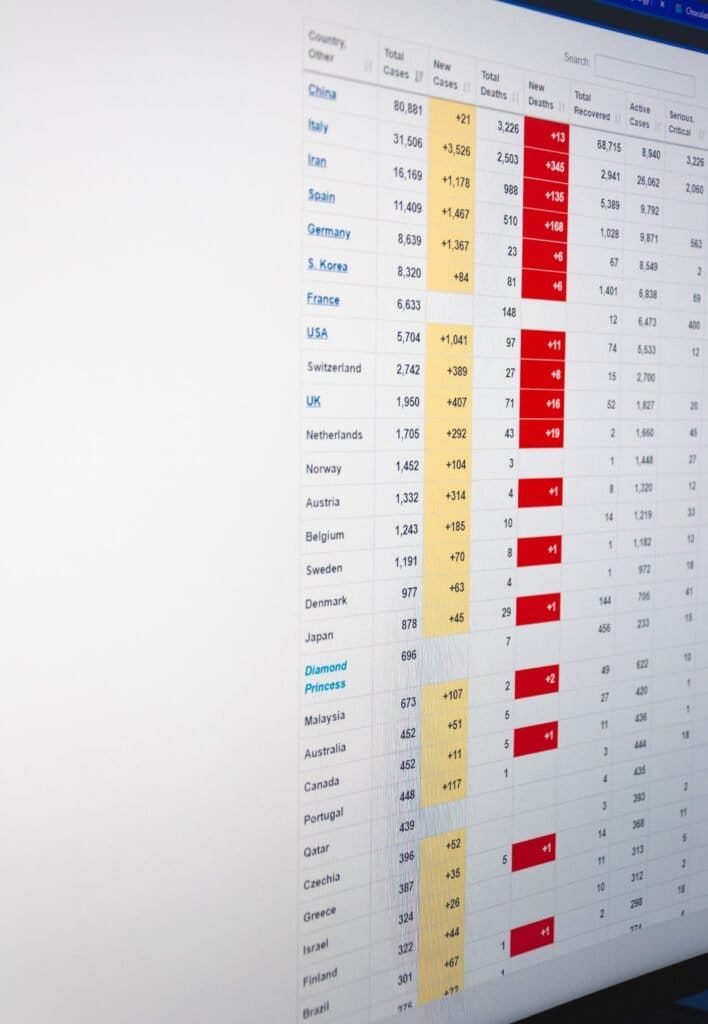
At the heart is the possibility that you can get target proof against a speculation.
Measurable derivation is tied in with making a decision on “assumption” about a populace utilizing information from an example
That is the central assumption. It gets more included on the off chance that you incorporate elective speculations, compound theories and p-values in the story. Be that as it may, the hypothesis encompassing all these is truly a tool stash to help the above methodology.
Discount a lot of potential perceptions that would be far-fetched if the theory ought to be valid (while you speculate that the set may really not be far-fetched by any means).
See what occurs
In the event that your perceptions are not in the set you marked out, you’ve adapted unequivocally nothing. You can’t reach determinations about the legitimacy of the theory.
In the event that your perceptions are in the set, you have proof that the speculation is bogus, or if nothing else not the entire story. The measure of proof relies upon how far-fetched the set was.

There are different kinds of deduction (assessing a boundary, making a numerical model of how different factors are connected, trying a case about parameter(s).) Hypothesis tests are tied in with testing claims about boundaries.
Whatever induction we make, we can’t be 100% certain that we are reaching a right determination about that specific circumstance. That is the test of measurements – the science/specialty of getting data in circumstances where there is vulnerability.
